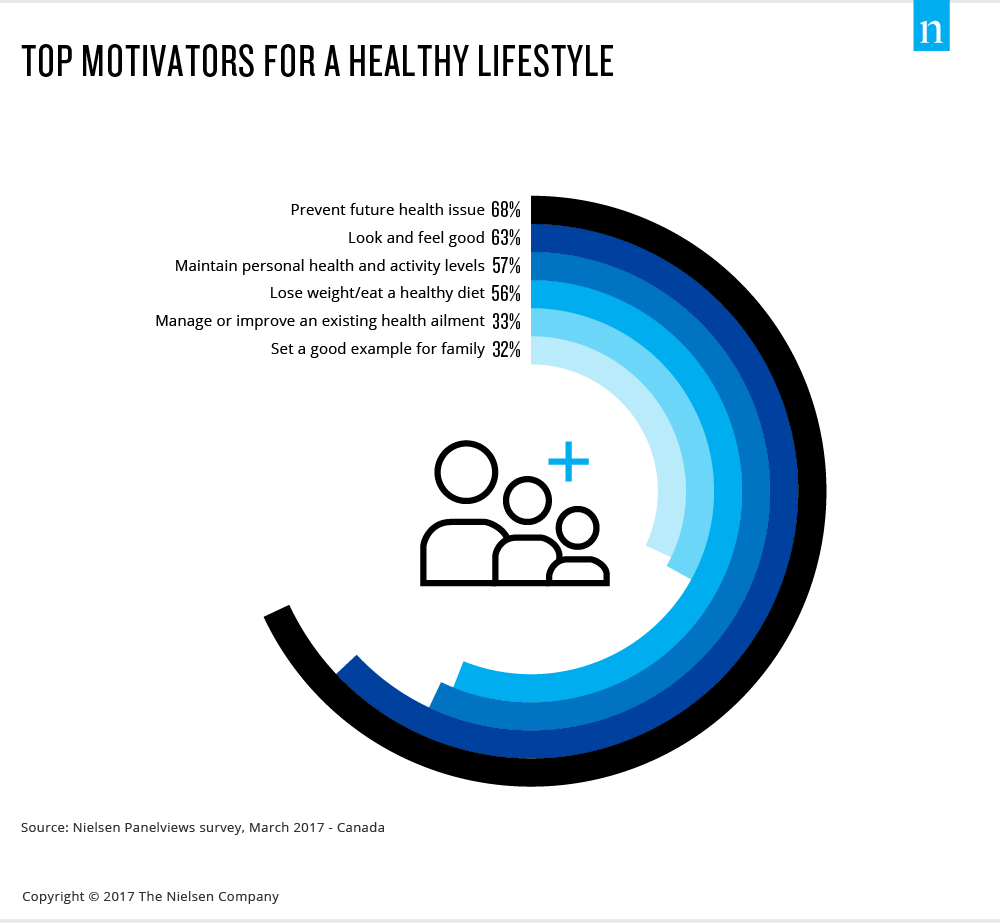Understanding Health Policies for the Health-Conscious in Canada: Navigating the world of health insurance can feel daunting, but for Canadians who prioritize their health, understanding health policies is crucial. Whether you’re proactive about general well-being or seeking the right protection against unforeseen medical expenses, choosing the right health policy ensures access to quality care without financial stress.
This guide equips health-conscious Canadians with the information they need to make well-informed decisions about health policies. Here, we’ll cover the essentials of policies available, highlight important considerations, and provide expert tips to find the best health insurance plan for your needs.
Table of Contents
What Are Health Insurance Policies in Canada?
Health policies are essentially agreements with insurance companies that help cover (partially or fully) the costs of medical services. While Canada boasts universal healthcare through its Medicare system, not every medical service is covered. This is where additional health insurance plays a role.
Coverage in Canada’s Medicare System
Canada’s publicly funded healthcare provides coverage for services like:
- Doctor visits
- Hospital stays
- Surgeries deemed medically necessary
However, it does not cover the following for most Canadians:
- Prescription medications
- Dental care
- Vision care
- Physiotherapy
Why Health-Conscious Individuals Need Additional Coverage
For individuals who prioritize their health, gaps in Medicare can limit access to preventive care and treatments. Supplemental health insurance ensures that services like fitness classes, wellness programs, and naturopathy are within reach.
Types of Health Policies Available in Canada
To select the right plan, it’s important to understand the common types of policies available.
1. Private Health Insurance
This is purchased directly from an insurance company. Private health insurance covers services beyond Medicare and can include:
- Prescription medications
- Mental health services
- Chiropractic care
Best for: Individuals who need regular team support outside of standard medical services.
2. Employer-Provided Health Insurance
Many Canadians receive health insurance benefits through their employer. These group plans often provide coverage for prescription drugs, dental, and vision care.
Best for: Employees with access to workplace benefits programs.
3. Family Health Insurance Policies
Designed for households, these policies offer broader coverage to protect dependents and family members.
Best for: Families concerned about managing the healthcare needs of multiple individuals.

4. Critical Illness Insurance
This specialized insurance provides a lump sum when the policyholder is diagnosed with a severe illness such as cancer, heart attack, or stroke.
Best for: Someone worried about the financial implications of long-term care for serious conditions.
Comparison Table:
| Type of Health Policy | Key Features | Best Suited For |
|---|---|---|
| Private Health Insurance | Covers services not included in public healthcare (e.g., meds, physiotherapy). | Individuals needing routine care. |
| Employer-provided Plans | Coverage for dental, vision, and medications. | Employees with workplace coverage. |
| Family Insurance | Comprehensive care for dependents. | Families balancing multiple needs. |
| Critical Illness Plans | Lump sum if diagnosed with major illnesses. | Individuals seeking long-term protection. |
Tip: Combine different policies for maximum protection.
What Should Canadians Consider Before Choosing Health Policies?
Not all health policies are created equal. Keep these key factors in mind as you compare plans:
1. Coverage Needs
Think about your lifestyle. If you’re actively visiting the chiropractor or exploring mental health services, choose a policy with relevant benefits.
2. Premium Costs
Your monthly premium depends on the risks you’re insuring against. Plans with extensive coverage cost more—but they reduce out-of-pocket expenses when the need arises.
3. Networks and Providers
Ensure your healthcare providers are included within the insurance company’s network. This can impact out-of-pocket costs significantly for specialists or clinical visits.
4. Waiting Periods
Some policies have waiting periods for specific services. This can limit access to benefits during initial months.
5. Reimbursement Percentage
Not all policies offer full reimbursement. Coverage percentages could vary between 60% and 100%, depending on the insurer.
Frequently Asked Questions (FAQs) About Health Policies in CanadaQ1. Do I really need private health insurance if I already have Medicare?
Yes, additional insurance provides access to services that Medicare doesn’t cover, such as prescription drugs, dental care, and wellness programs.
Q2. Are pre-existing health conditions covered in Canada?
Most private plans provide limited or no coverage for pre-existing conditions unless explicitly added for a higher premium.
Q3. How can I lower my health insurance premiums?
Opt for higher deductibles, combine policies, or join insurance through workplace programs to save on premiums without compromising coverage.
Q4. Can families share a single health policy plan?
Absolutely! Family or group health plans provide coverage for multiple members, often reducing individual costs.
Q5. Do policies cover mental health care in Canada?
Many supplemental plans now include resources for mental well-being, such as therapy, counseling, and programs designed to manage stress.
How to Take the Next Step
Understanding health policies doesn’t have to be complicated. By assessing your current needs and aligning them with the right plan, you’re well-positioned to enhance your health and wellness.
If you’re ready to find the perfect match, start by comparing options from leading Canadian insurance providers. Once you choose a plan, you’ll enjoy peace of mind, knowing proactive care is well-supported.
Invest in your health today—and watch it pay dividends for years to come.


